S-01 Midium EV SUV
Price:Contact Us cc_junfeng@163.com
| Brand | DongFeng |
| Classification | Battery electric new energy vehicle |
| Body dimension (mm) | 4670*1900*1613 |
| Wheelbase (mm) | 2775 |
| Body structure | Steel |
| Mileage (km) | CLTC 445KM |
| Type of battery | Lithium iron phosphate battery |
| Motor Power(KW) | 0 |
| Battery Capacity(KWh) | 51 |
| Charging period | Fast 28M、Slow 7.9H. |
| Highest Driving Speed | 140 |
| Acceleration Time(s) | 0 |
| Driving motor locatio | Front |
| Volume of trunk | 360L |
| Type of transmission | Infinitely variable speed |
| Curb weight | 1618KG |
| Warranty of vehicle | Three year or 180000 kilometers |
| Manufacturer | DongFeng Group |
If you are very concerned about the new energy market, you will find that the recent actions of Dongfeng have been frequent. For example, the Haohan with a 4-speed hybrid brings new challenges to BYD and Geely in terms of technology and price. But in addition to hybrid, pure electricity also has a large market within the price range of 150000 yuan. So Dongfeng non-stop brought out the S01EV, but from the core parameters of this car, the CLTC reference power and range of 120kW and 445km (in addition to providing 160kW and 500+range versions) are not very eye-catching performance. So in this era of new energy immortals fighting, is it a newborn calf that is not afraid of tigers, or is there another mystery? We learned from the test drive.

Perhaps it's because they're used to watching expert PK games with over 200000 and 300000 yuan, but now people's expectations for new energy vehicles do make manufacturers feel scared. At the same time, it also makes people confused: what should we pay attention to when buying a new energy device? S01EV has reorganized our thinking for the ordinary household sector: the appearance is mainstream enough, the space is completely sufficient, the battery life needs to be genuine and economical, and the rest is not that important. One of the keywords in this is "saving", and the theme of this test drive is also the power consumption per 100 kilometers.
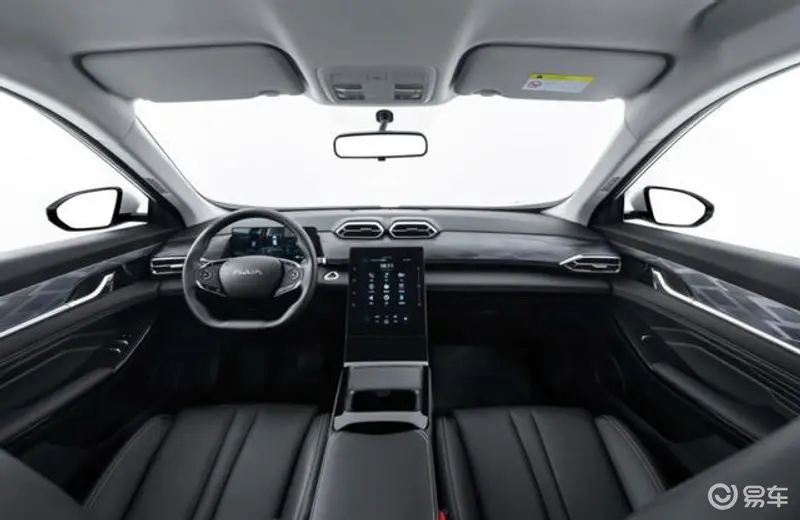
From the perspective of parameters, the power consumption of Dongfeng S01EV is 12.8kWh/100km, which is indeed an advantage in the same category. But after actual test drives, the final power consumption of 7.6kWh/100km can be considered a surprise. After all, based on the current electricity price of around 1 yuan, the cost of less than 1 cents per kilometer can be said to be saved to the extreme.
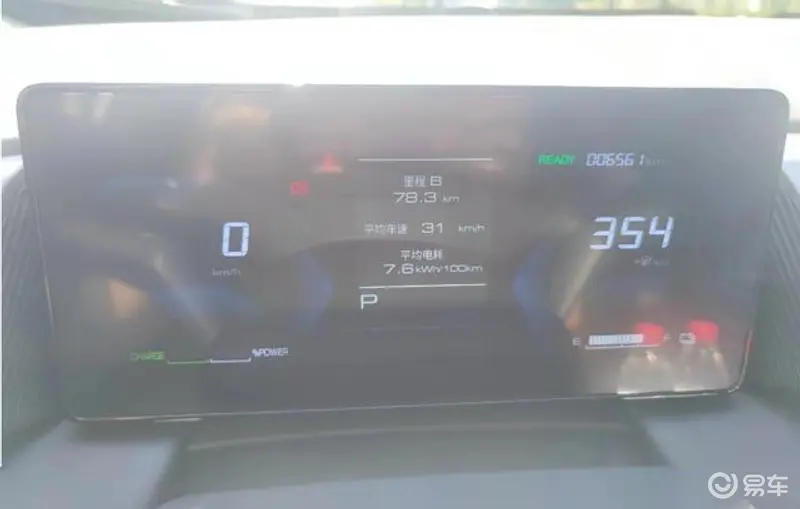
Of course, friends who are familiar with this type of "fuel saving test drive" also know that if they follow the "immortal footwork" of media people, and do not pursue efficiency and speed, and even cannot bear to turn on the air conditioning for testing, it does not have strong reference value. But it is precisely for this reason that we gave up the competition and prizes, and drove in the usual way as we test drove to see the true power consumption of S01EV. At the same time, 60-70% of the entire journey is on national roads, township roads, and urban areas, while the rest is on high-speed test drive routes, which are also very restorative (with 4 adults in the entire vehicle).

During this process, due to the formation of driving, the speed of the entire fleet was not too fast, which means it was basically out of sync with intense driving. However, the entire journey was close to a constant speed of 40km/h, and the old driver knew it was not slow anymore. At the driving level, the first impression S01EV gave me was that 120kW was indeed sufficient, and even completely eliminated the dizziness of tram driving, which is actually good news for most users.
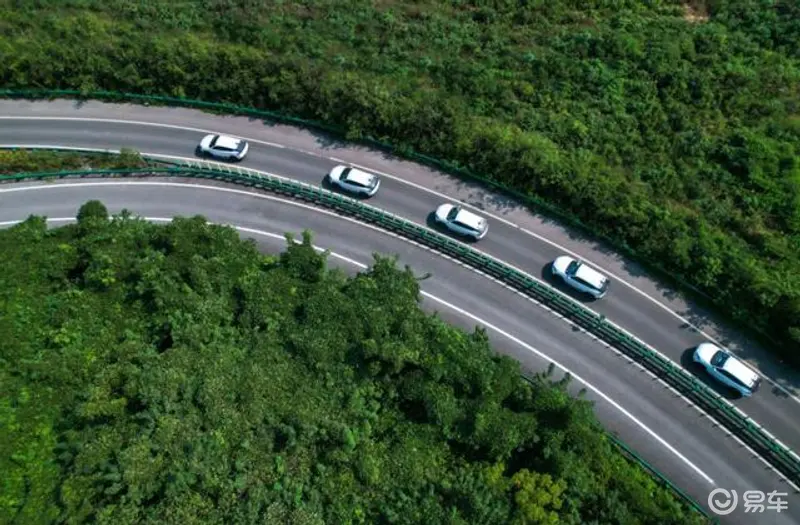
On the premise of sufficient and comfortable use, the power output of S01EV is also considered online and can be called upon upon. Of course, those who understand the motor know that no jerks or delays are basic requirements. At the same time, the steering and suspension of the entire vehicle are also proficient enough on national and rural roads with frequent narrow obstacles in the bends. However, due to the presence of kinetic energy recovery and its inability to close, the throttle is forced to be set to single pedal mode, with the range of 5% -8% at the forefront of pedal travel being the range of kinetic energy recovery. The advantage of this is that if you are in a relaxed and safe driving state, and pay great attention to the safe distance, relying solely on the throttle can basically complete the control of acceleration and deceleration. The downside is that without a coasting state, your right foot must be constantly on the pedal (otherwise the speed will quickly decrease).
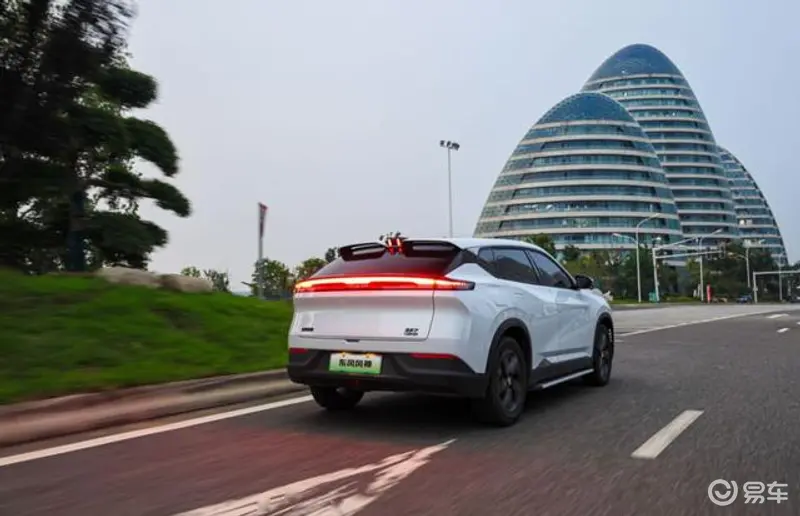
It has to be said that if we were to drive at a speed as slow as possible, as uniform as possible, and with no air conditioning on, the media in the industry would also offer a minimum power consumption of 4.4kWh/100km. Although this does not provide practical reference, it is sufficient to demonstrate the energy-saving level of S01EV. However, from this perspective, the ultimate cost approach seems to favor the TO B market (i.e. ride hailing).
At this point, let's take a look at the performance of S01EV in other aspects. It is still very satisfactory in terms of space and comfort. From the seating experience of the seats, the adjustment of the chassis, and the control of head, legroom, and trunk space, its basic skills are quite good, and it can be considered a comfortable and easy to drive SUV (with a body size of 4670 * 1885 * 1630mm and a wheelbase of 2775mm). But for high-end configurations, technological features, and so on, this cannot be considered a strength of S01EV.
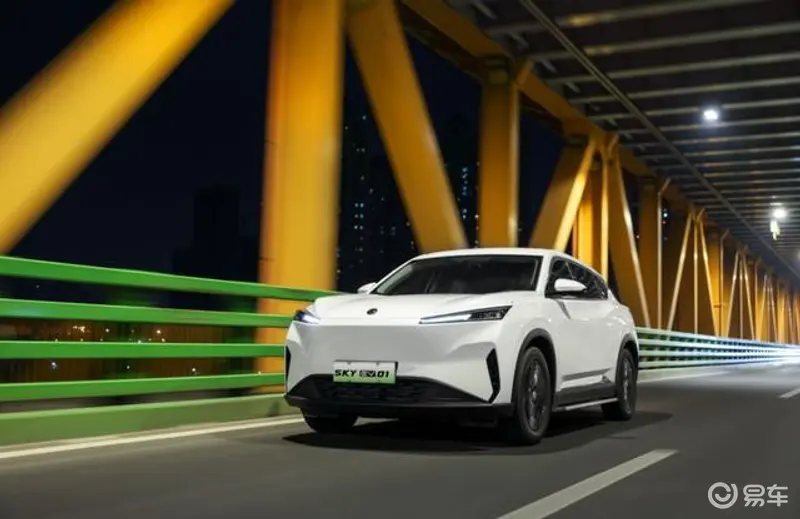
Summary:
Overall, through this test drive that was enough to restore the daily driving route, the power consumption of S01EV did leave a deep impression on people. For most users, compared to other "flashy" aspects, being economical is indeed a more practical issue. However, the premise of being economical is that the car price is also attractive enough. Although S01EV has not yet announced its final price, considering Dongfeng's consistent friendliness to the people, whether it is intended for online ride hailing or household use, this is indeed a very noteworthy option for users who need to travel and also need household use.



